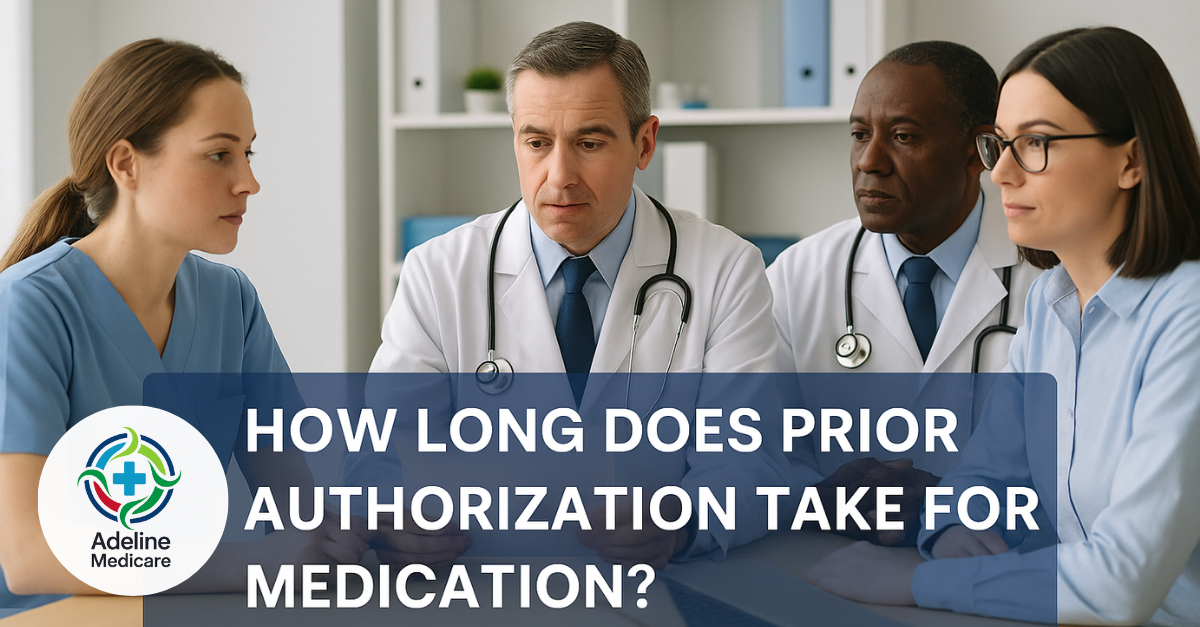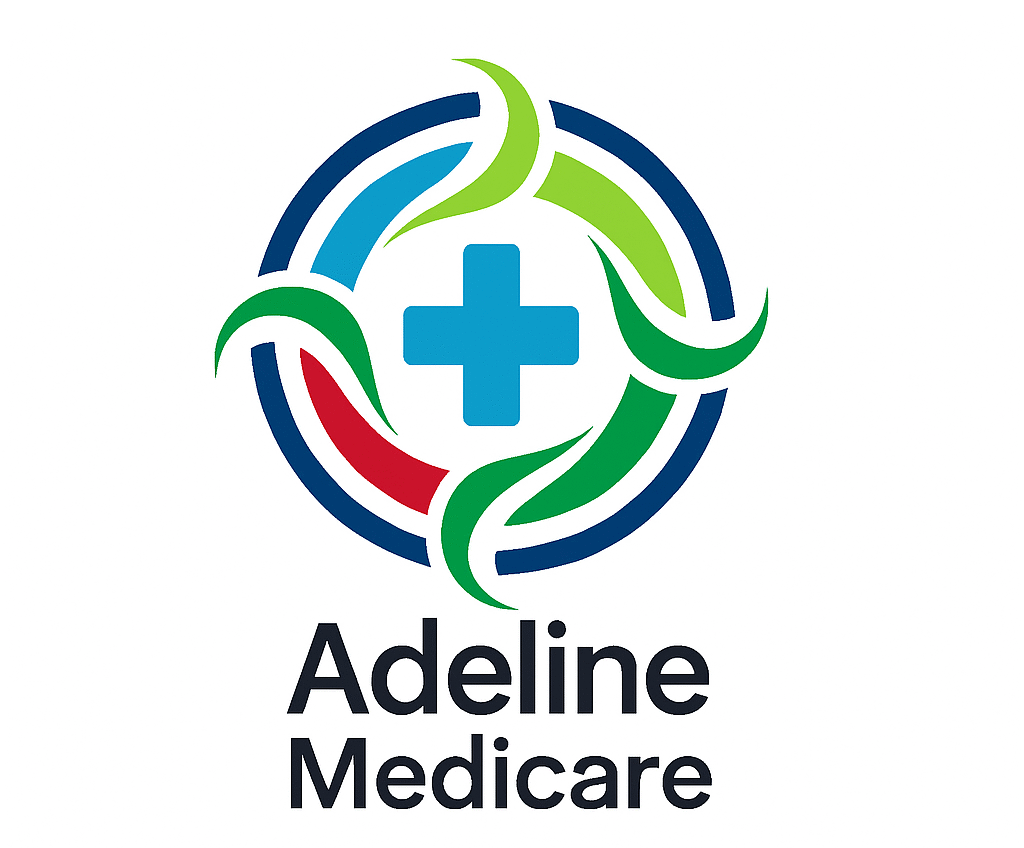
When a patient receives a prescription for a medication that requires insurance approval, one of the most immediate concerns is: How long does prior authorization take for medication?
From a provider’s side, it’s just as important. A delay in approval can disrupt care, lower patient satisfaction, and increase the administrative burden. In this guide, we’ll explain how long the process takes, what causes delays, and what you can do to reduce turnaround time.
What Is Prior Authorization?
Prior authorization (PA) is an insurance requirement where providers must get approval before a specific medication is dispensed and covered. It is most common for expensive, specialty, or brand-name drugs and is meant to ensure cost control and clinical appropriateness.
Although necessary from a payer’s perspective, the process can frustrate providers and patients when it creates treatment delays.
How Long Does It Typically Take?
The duration of prior authorization depends on various factors like submission method, documentation completeness, urgency, and insurance type.
| Request Type | Average Timeframe |
|---|---|
| Electronic PA (ePA) | A few minutes to a few hours |
| Standard manual submission | 2 to 5 business days |
| Urgent or expedited requests | 24 to 72 hours |
| High-cost/specialty meds | 5 to 10 business days or longer |
| Denials and appeals | Up to 30 calendar days |
Real-Life Case Example
A patient was prescribed a specialty biologic for autoimmune disease. The clinic submitted a manual prior authorization request on a Monday. However, the insurance plan required documentation of failed step therapy, which wasn’t included initially. After a back-and-forth and resubmission, approval was finally received the following Friday—nearly 10 business days later.
This delay could have been avoided with more complete documentation upfront.
Electronic Prior Authorization (ePA)
When submitted through an integrated system like CoverMyMeds or SureScripts, electronic prior authorization can produce instant approvals for routine drugs. These systems are connected to EHRs or pharmacy software, reducing the need for faxes or phone calls.
ePA is particularly efficient for:
-
Maintenance medications
-
Drugs with standard approval criteria
-
Real-time benefit tools connected to PBMs
Manual Submissions and Their Limitations
Manual submissions through insurer portals or fax still dominate the prior auth process in many clinics. These take more time—typically 2 to 5 business days—and are more prone to errors or missing information.
Always ensure:
-
Correct insurance portal is used
-
Updated forms are submitted
-
Fax confirmations are retained
Urgent and Expedited Requests
Medications required immediately can be submitted as expedited or urgent requests. These are usually processed within 24 to 72 hours.
To qualify, documentation must show that delaying the medication could result in serious harm. Otherwise, the payer may default the request back to standard processing.
Specialty and High-Cost Medications
Drugs for chronic illnesses, cancer, or rare conditions often require:
-
Documentation of failed previous therapies
-
Peer-to-peer reviews
-
Justification of medical necessity
These PAs can take up to 10 business days or longer, depending on the payer’s review process.
What If the Prior Authorization Is Denied?
Denials don’t mean the end of the process. Here are your options:
-
Review the reason for denial.
Look for missing data or incorrect coding. -
Submit an appeal.
Include a letter of medical necessity, updated chart notes, and step therapy records. -
Request a peer-to-peer review.
This allows the provider to speak with a medical director to clarify the treatment’s need.
Tip: Most appeals are successful when documentation is detailed and timely.
Reauthorization and Medication Expiration
Some medications require periodic reauthorization every 6 or 12 months. Always track:
-
PA expiration dates
-
Payer-specific reauthorization intervals
-
Changes in patient insurance plan
Failing to reauthorize in time can result in treatment interruptions or claim denials.
Common Reasons for Delay
Understanding what causes PA delays helps you prevent them. Major causes include:
Incomplete Documentation
Missing chart notes, wrong NDC codes, or failure to mention step therapy can stall approvals.
Submitting to the Wrong Insurer
Accidental submissions to inactive or incorrect plans cause rejection and rework.
Fax-Based Submissions
Faxing slows the process and makes tracking harder. Switch to ePA when possible.
No Follow-Up System
If insurers request more info and the provider doesn’t respond in time, requests can be closed or denied.
Who Handles Prior Authorization in a Practice?
Most practices assign this task to a prior authorization coordinator, often part of the billing or administrative team. Their role includes:
-
Verifying insurance benefits
-
Preparing and submitting documentation
-
Communicating with insurers
-
Monitoring expiration and reauthorization timelines
A well-trained PA coordinator can reduce delays and improve approval rates by over 30%.
Tips to Speed Up the Prior Authorization Process
-
Always use electronic systems when available
Faster turnaround, fewer errors. -
Include every piece of clinical information
Diagnosis, dose, previous meds tried, and chart notes. -
Designate a staff member to handle PAs
Helps create ownership and consistent workflow. -
Follow up proactively
Use a daily log or EHR reminders to check on pending cases. -
Train staff on payer-specific rules
Know which drugs require PA and which don’t.
Role of Insurance and PBMs in PA Approval Time
Different insurance types mean different timelines:
| Insurance Type | Typical Processing Time |
|---|---|
| Commercial (PPO/HMO) | 2–5 business days |
| Medicare Advantage | 24–72 hours for urgent |
| Medicaid | Varies by state |
| Marketplace plans | Often routed through PBMs |
Pharmacy Benefit Managers (PBMs) like OptumRx or CVS Caremark handle the backend processing for many insurers. Their rules can differ from the main plan’s policy.
Upcoming Industry Changes
Federal regulations are in motion to simplify the PA process. The New CMS rules propose:
-
7-day limit for standard PA requests
-
72-hour limit for urgent requests
-
Mandatory use of electronic prior authorization systems for Medicare/Medicaid by 2026
These rules aim to enhance transparency, reduce delays, and improve care access.
Frequently Asked Questions
How long does prior authorization usually take for medications?
Standard: 2 to 5 business days. Urgent: 24 to 72 hours. Specialty: Up to 10 days.
What if the PA is denied?
Appeal with documentation. Request peer review. Most denials are reversible with strong evidence.
Can a PA be expedited?
Yes, if there is a medical urgency and documentation supports it.
Does every medication need prior auth?
No. Most generics and commonly used drugs are exempt. Check the plan’s formulary.
How can we avoid delays?
Use ePA, train staff, submit complete documentation, and monitor open requests daily.
Conclusion
So how long does prior authorization take for medication? It varies—from minutes with ePA to weeks in complex cases. But with the right systems, training, and documentation in place, you can significantly reduce delays and help patients get the care they need faster.
By streamlining your internal workflow and staying ahead of payer requirements, you can transform prior authorization from a headache into a manageable and efficient part of your care delivery process.
